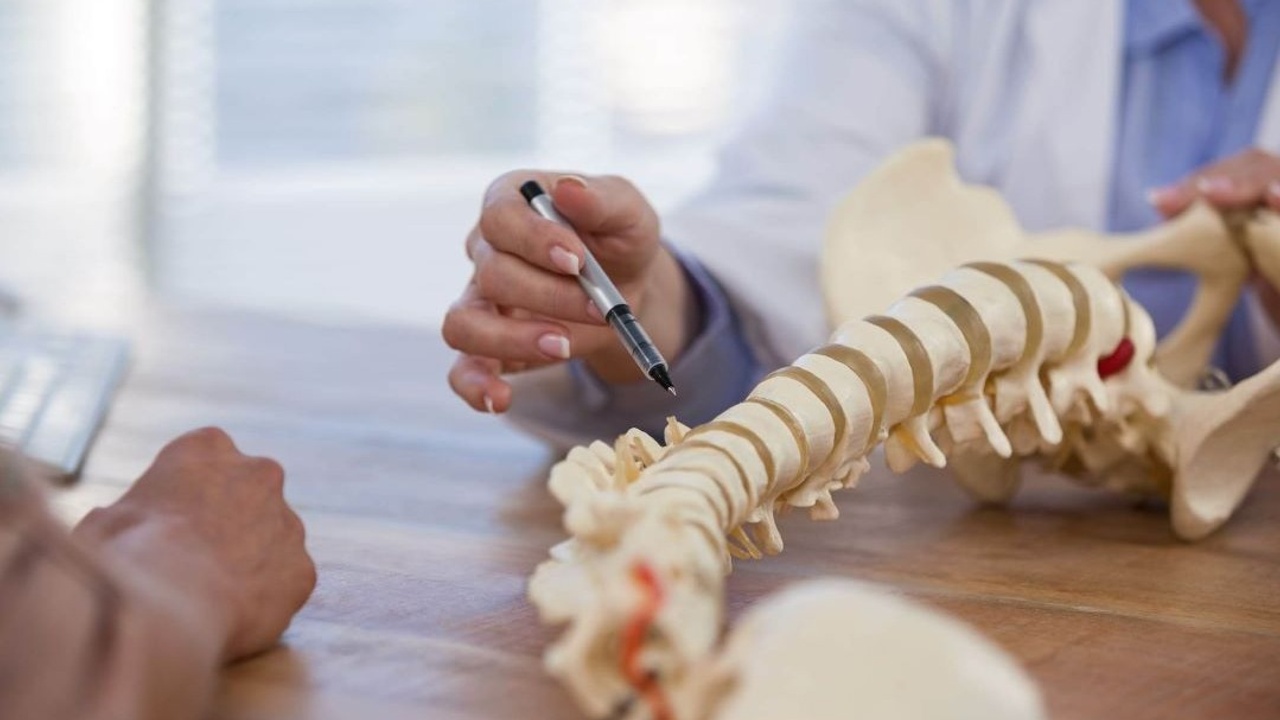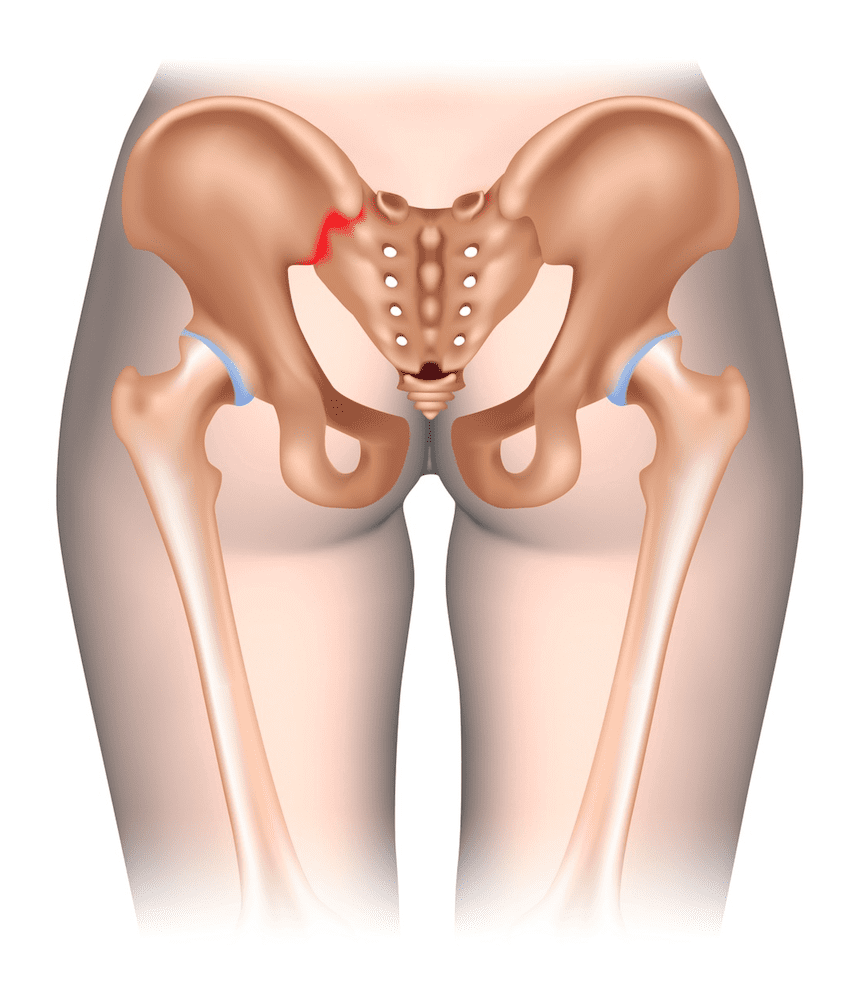
What is SI Joint Pain?
Jun 23, 2021The overlooked pelvis problem may be contributing to lower back pain.
A common location for pain described as ‘low back pain’ is in the SI Joints. The SI joints support the weight of your upper body, distributing it across the pelvis. They act as shock absorbers and reduce the pressure on your spine. They also support your range of motion when you bend and twist at your hips.
SI joint pain (sacroiliac) can present itself as a stabbing or sharp pain through the hips and pelvis area and travels up the lower back and down through the thighs. You may feel a tingly sensation or numbness in your legs, like you may be falling. SI joint pain, according to one study, indicated that over 90% of non-pregnant women with lumbopelvic pain had some form of pelvic floor dysfunction.
What are your sacroiliac joints?
Nestled between your two hip bones, you have a triangular bone called the sacrum. The spot where the sacrum connects with the two hip bones is called the sacroiliac (SI) joint, and you have one on each side.

The bones of the SI joints have rough, sharp edges, which help the joints stay in alignment. The fluid between the spaces of the bones in the SI joints provides lubrication. The nerve endings found between these spaces send pain signals to the brain. When there are shifts in the alignment of the bones or when there is tension in the surrounding muscles, it can be painful.
The bones in the SI joints connect to muscles and strong ligaments, giving stability and limited movement. This movement is important, especially for women giving birth, as it helps in remaining upright.
What causes SI joint pain?
Inflammation of one or both SI joints is called sacroiliac joint dysfunction or sacroiliitis. Sacroiliitis may be caused by SI joint dysfunction. The source of the pain often originates from nerve irritation, fluid buildup, misalignment of the joint, or micro-tears in the ligaments responsible for providing stability. Most commonly, the SI joint is not the primary source causing pain. Rather, pain in the SI joint is often related to an underlying problem such as trauma, arthritis, pregnancy, and genetic diseases.
In Pregnancy, a common contributor to SI joint pain is due to hormones contributing to the laxity of surrounding ligaments.
Symptoms include buttock pain, numbness, or tingling in the hips, groin, or legs. Some people report difficulty with sleep due to the lack of ability to find a comfortable position.
What are ways to help with SI Joint Pain?
- Therapeutic Exercises to restore muscle function
- Core stability exercises (lower back, deep abdominal and pelvic floor muscles
- Gluteal strengthening exercises for SI joint stability
- Posture exercises
- Movement retraining e.g., walking, running
- Balance exercises
- Restoring normal movement
- Muscle stretching for shortened tissues
- SI Belts
Strengthen your pelvic floor with Kegel and Pelvic Floor exercises. Kegel exercises help to strengthen your pelvic floor, but that’s not all treatment comes down to.
Are you really performing your kegel exercises correctly?
Chances are that you are not. A pelvic floor physical therapist can ensure you are performing your exercises with the proper techniques. They can help determine which core and pelvic exercises are preferred based on the status of the pelvic floor and surrounding muscles. For people with tension patterns or overactivity in the muscles, focusing on strengthening with kegels may not be the best approach initially, as it could make the pain worse.
Many people with low back pain will seek the help of a chiropractor or massage therapist, acupuncture or physiotherapy. While these practitioners can absolutely play a role, pelvic floor physical therapists are often overlooked or not even considered because they are not yet well known.
Building a healthcare team can ensure a return to pain-free living!
The 28-Day Challenge and Buff Muff Membership
I recommend checking out my comprehensive pelvic health education and fitness programs on my Buff Muff App. The most complete Pelvic Floor & Kegel exercise App to strengthen the pelvic floor.
The Buff Muff 28-Day Challenge (housed in the App) gets you started, and the Annual membership keeps you progressing so you can laugh, run, jump, and lift without the pesky leaks and annoying discomfort of prolapse symptoms.
You may find the following blogs helpful.




